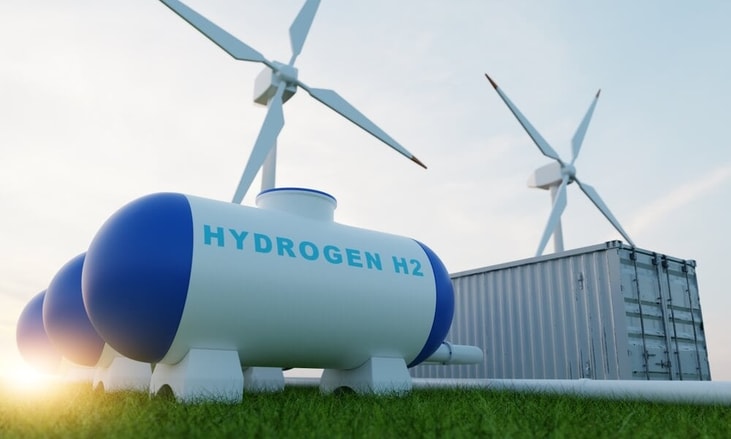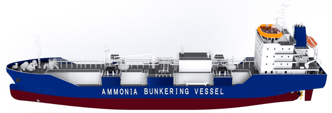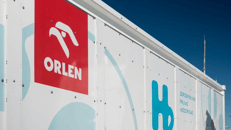Worthington Enterprises and Stokota to launch 20ft hydrogen containers
Worthington Enterprises and Stokota are working on delivering their first co-produced systems – two 20-foot containers for transporting hydrogen at 380 bar – later this year.
The collaboration benefits from benign geography, given Stokota has two facilities in Poland near Worthington’s plant in Słupsk.
For over a decade, Worthington Enterprises has pursued a business strategy to offer the clean-fuel mobility market the capacity needed for hydrogen and CNG onboard fuelling systems as wells as the necessary storage, transport, and refuelling infrastructure.
... to continue reading you must be subscribed






















